
Since first lockdowns were introduced in early 2020, no one could have expected that organizations would still widely be working remotely today. But, with enterprises like Twitter, Facebook and Google announcing plans to let employees work from home for an extended period of time, or indefinitely, virtual collaboration is no longer just a “nice to have,” but a “need to have.”
In other airSlate surveys, we focused on various aspects of how businesses pivoted during the pandemic using specific digital technologies. You can learn more about how US businesses and individuals were using eSignature during COVID-19. airSlate also looked into how digital adoption helped US businesses survive during lockdowns. We continue to explore the impact of COVID-19 by providing insights into the pandemic survival of SMBs.
That being said, our team at airSlate surveyed one thousand US consumers, aged 18 and older, on their remote workflow preferences to better understand whether their home office is meeting their needs.
In this post, we highlight the results of the survey.
Study results
From this survey, we sought to answer one question – has the switch to remote work impacted enterprise productivity since traditional office equipment, such as printers and scanners, are not as widely accessible to employees as they once were? The home office set-up came under a microscope in 2020 as employees were forced to transform their personal environments – once an escape from the workday – into at-home workspaces. It’s no surprise that many took the time to make investments in their environments – from essentials like desks and chairs, to aesthetically pleasing elements like plants and artwork.
According to our data, though, investments were largely kept to furnishings versus equipment, as many individuals already had printers and scanners at home. Knowing this, we dug deeper into whether this at-home equipment has served as a dust collector, helped to maintain workflow productivity with colleagues, or is ultimately being replaced by online document collaboration.
📈 Result:
When remote work started, investments were largely kept to furniture vs. office equipment. Printers and scanners did not top home office shopping lists during COVID-19.
While many individuals upgraded their work from home environments, printers and scanners were not necessarily at the top of their shopping lists in March as many already had this equipment at home. In fact, almost 3/4 of respondents had this equipment – largely consistent across age groups from 23-64 years old.
Do you currently have a printer or scanner in your office?
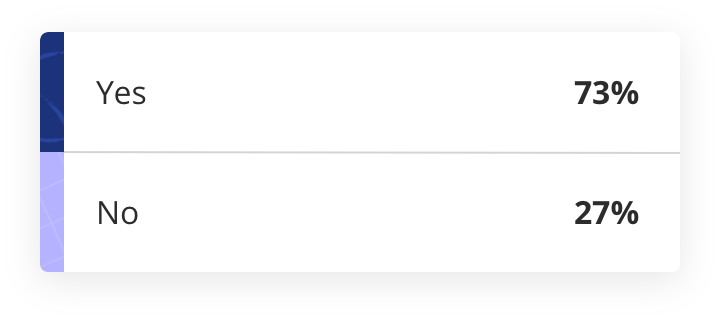
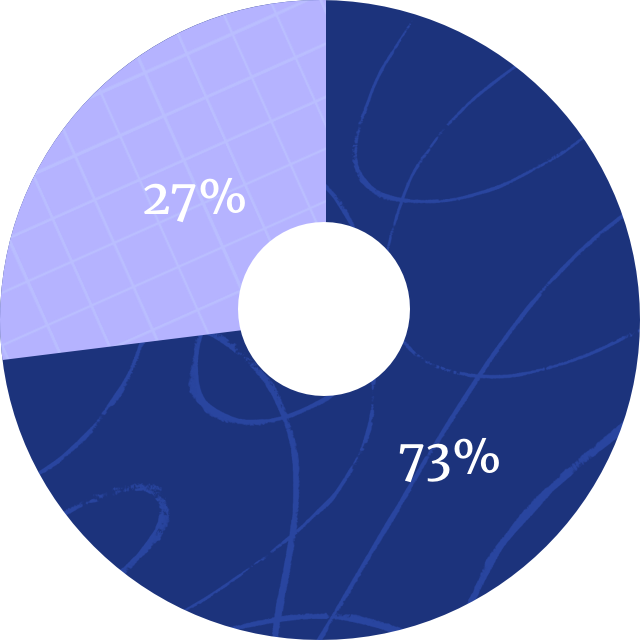
📈 Result:
Continued investments in the cloud are worthwhile – consumers appreciate the ability to easily edit, share and collaborate online.
Despite economic uncertainty, one area that has remained consistent, and growing, is cloud investment. While IT spending overall is set to decline, investments in public and private cloud infrastructure increased drastically in Q2, 2020 and are expected to continue to exceed non-cloud infrastructure spending. They are what IDC defines as, “key enablers of the shift to online tools.”
Enterprises should feel confident in their cloud investments, given that consumers largely enjoy the ease of use that online document collaboration allows. Our data shows that the majority of respondents (40%) say the top benefit of working on documents online is the ability to easily edit content. Second to that, respondents say the top benefit of working via online networks is the ability to quickly share documents online.
Older generations, between the ages of 55-64 years old, specifically, appreciate these sharing capabilities, with 44% of the age group saying it’s the top benefit. For those 25-34 years old, considered part of the millennial age group, there is a great appreciation for the ability to collaborate with colleagues while working on documents online.
What is the top benefit of working on documents online?
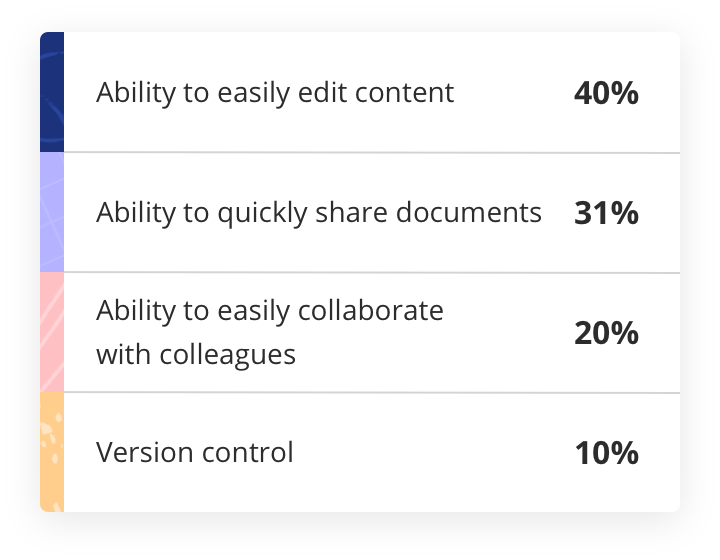

📈Result:
Paperless is a consumer priority, but reliance on printers, both at-home and in-office, is still large.
No matter what the underlying circumstances, being environmentally friendly and making positive contributions to the environment will consistently be a consumer priority. As such, it’s no surprise that the majority of respondents between the ages of 18-54 (41%) would prefer to go fully paperless and work on all documents online.
Would you prefer to go fully paperless and work on all documents online?
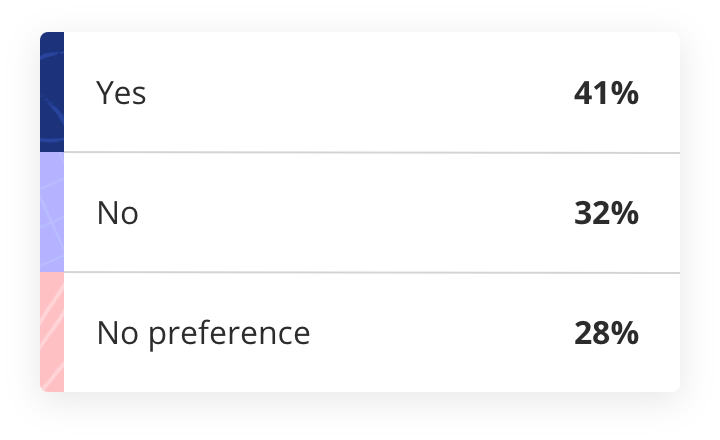
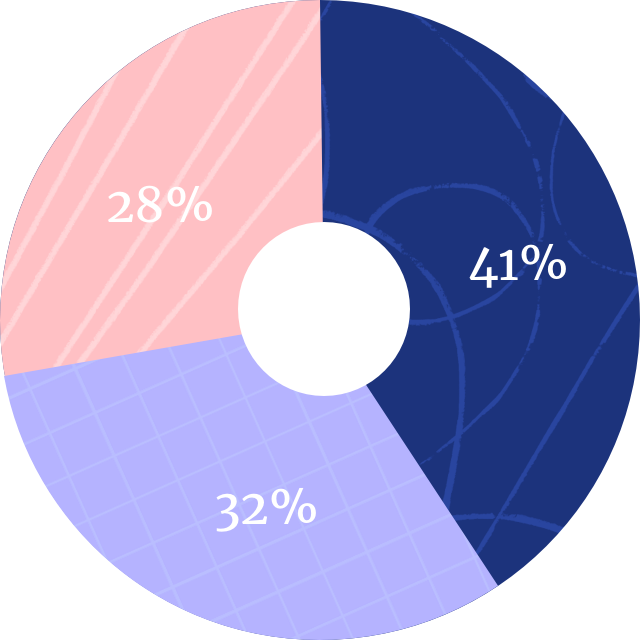
But this desire is not being put into action, with 60% of consumers either not wanting to go fully paperless or having no preference. Beyond that, for individuals who do have printers and scanners at home, the majority of respondents (23%) use these devices 3-4 times a week.
If you have a printer or scanner in your home office, how often do you use it?
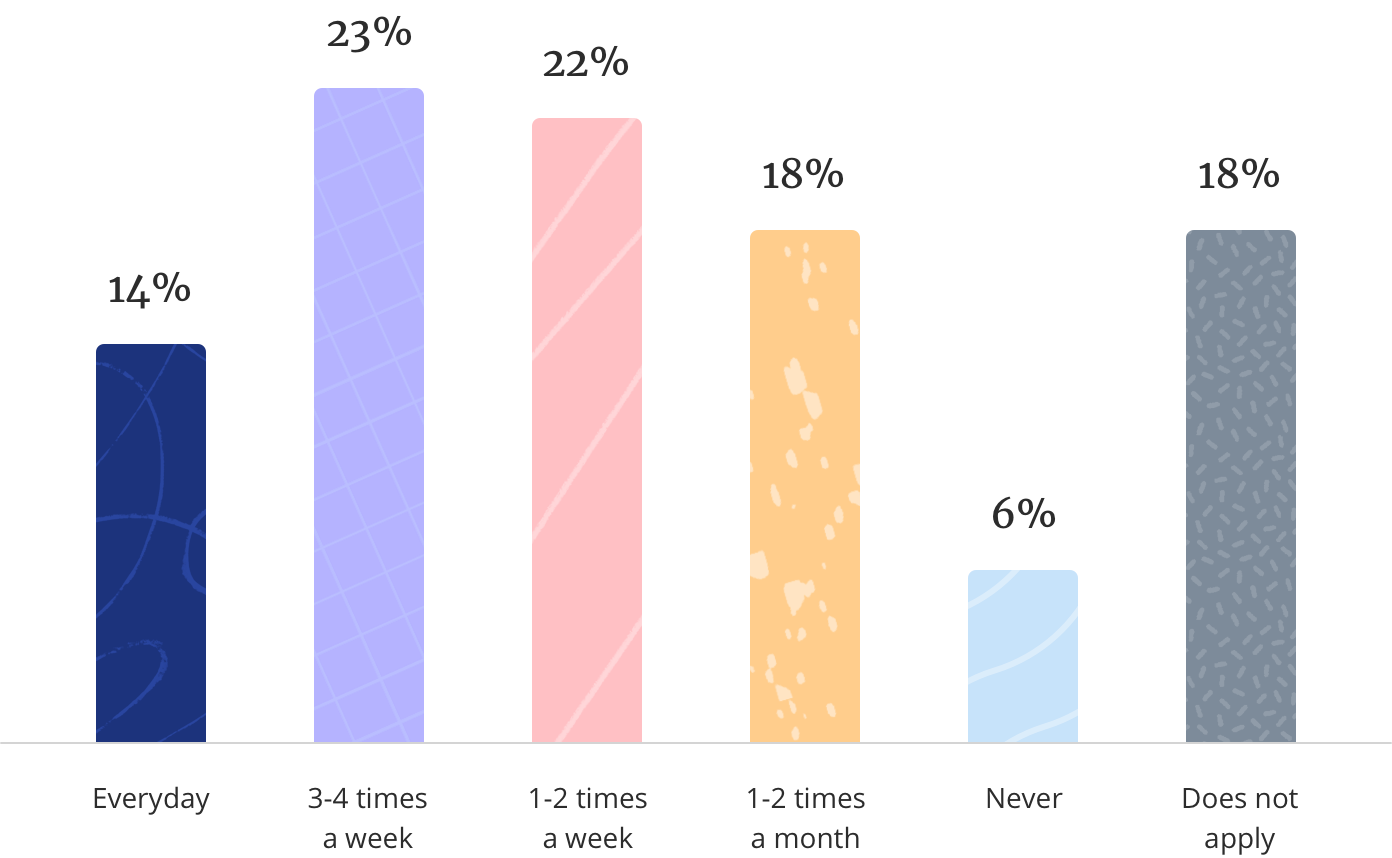
This is a surprising statistic compared to the 29% majority of respondents who said they never used the provided printer/scanner while in their office.
When working in an office environment, how often do you use the provided printer or scanner?
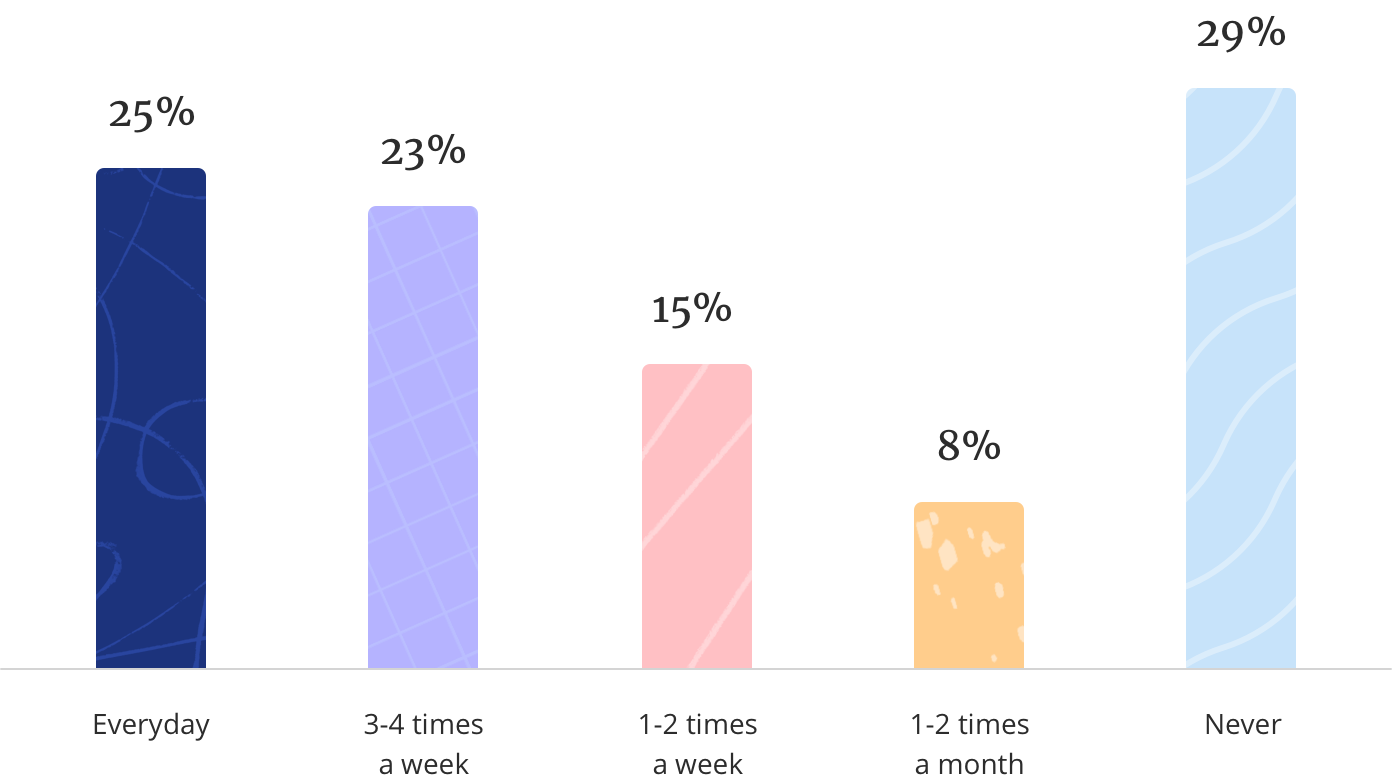
Surprisingly, the majority (34%) of millennials (ages 25-34) use their home printer or scanner 3-4 times a week, followed by 22% who use these devices every day. This remains fairly consistent with in-office behavior, as 36% of the age group reported using the office printer every day.
In conclusion
Overall, while organizations had to move fast, the shift to remote work has been quite seamless for many. While printer and scanner use remains high, this is largely due to the fact that most respondents had this equipment in their home office environments from the start. While helpful to review in-depth documents and projects, it’s cloud collaboration that has ensured that teams, even spread across remote locations, can keep said projects moving forward.
With investments in cloud technology growing and IT teams burnt out, organizations should look to no-code, easily configurable solutions, like airSlate’s automated workflow, to help employees easily and efficiently generate documents, and manage and sign contracts online. By eliminating the hassle of antiquated equipment, such as printers and scanners, and helping employees share documents while remote, cloud-based collaboration has become essential to this elongated work from home era.
*Data powered by Dynata (www.dynata.com), the world’s
largest first-party data and insights platform
- Study results
- Do you currently have a printer or scanner in your office?
- What is the top benefit of working on documents online?
- Would you prefer to go fully paperless and work on all documents online?
- If you have a printer or scanner in your home office, how often do you use it?
- When working in an office environment, how often do you use the provided printer or scanner?
- In conclusion

